REMEMBERING THE 75th ANNIVERSARY OF THE LOUISIANA MANEUVERS
BY RICKEY ROBERTSON
On September 28, 1941 at 1530 hours (3:30 p.m.) the guns of the Red 2nd and the Blue 3rd Armies fell silent throughout the Sabine Maneuver Area. In just 2 short maneuver phases that totaled 10 days, the United States Army had completed the largest peacetime maneuvers ever held. These 10 days in September would provide the Army with much needed training that would actually prepare the United States somewhat for World War II. In 10 days new tactics were tested, new equipment had been tested, both officers and enlisted men had been tested, supply techniques had been tested, aircraft had been tested, and General Headquarters in Washington, D.C. now could address any shortages of equipment, leadership, personnel, and they now could begin building the mighty army that would win World War II.
It is hard to believe but it has been 75 years ago when the biggest military event in the history of the U.S Army took place in Louisiana and East Texas. In September 1941 with over 470,000 men swarming throughout the maneuver area, and 34,000 of these troops being mounted cavalry the army was about to be tested in these mock battles. Time has not stood still but this great event is still remembered by many who lived through these maneuvers so many years ago. I think so many still remember it because of the impact it made in the lives of the people living throughout the area. And the ultimate impact that the Louisiana Maneuvers of 1941 made on the United States was that it actually prepared our military for the upcoming war lurking on the horizon.
General George C. Marshall began getting more men and equipment after the fledgling 1940 Maneuvers brought out the issues of lack of manpower, equipment, vehicles, aircraft, and armored vehicles. With the inception of the draft and the federalization of National Guard units, overnight there were nearly a million men in uniform. General Marshall knew that the only way for these troops to get actual field training was through large scale military maneuvers. He was able to obtain the whole army maneuver budget for 1941 to fund the Louisiana Maneuvers. Once he had the funding, where was he to find an area large enough to train military units of every type, size, and description in the art of war?
The Army had been looking for an area to conduct maneuvers and the so called "Sabine Area" had been found to fit all the requirements. In Louisiana this comprised 31 parishes of the state and several counties in East Texas along the Sabine River. This area had a wide variety of different types of terrain, and troops would encounter rivers, bogs, hills, sand, clay, Louisiana's famous "gumbo" mud, cleared highlands, timberlands, and open lands. They would experience heavy rainfall and hot dry dusty weather. General George C. Marshall declared the terrain in the battle area, located in the lands lying between the Red and Sabine Rivers, was the "finest he had ever seen" for this type of training. The success of the maneuvers would also influence decisions to use this area for future military use, and to evaluate the need for additional military camps and posts that could assist with troop movements, supply and logistics, and needed equipment of all types. The fledgling army supply and medical systems were severely lacking as it was, and with no supply depots available unless additional camps were built, it would indeed be a monumental task. To provide supplies for the first maneuvers in 1940 and 1941 it would take at least 14,000 men just to transport and deliver the needed supplies for such a vast undertaking. In 1941 alone it would take 16 million meals for the soldiers in the field for just 14 days.
The units that would participate in the maneuvers began their journey to Louisiana by rail, truck, and even for the cavalry, on the back of their mounts. When they arrived they were divided into 2 armies, the Red and Blue Army and were divided into 2 phases which were September 15th to 19th and September 24th to 28th, 1941.
During the 2 phases of mock maneuver battles, the major objective each army was trying to capture was Peason Ridge. If captured, Peason Ridge was an avenue that allowed the armored and cavalry units a direct route to capture Leesville and Camp Polk. Battles and skirmishes were fought everywhere, from the open watermelon fields to every bridge and ford on the many creeks and every road junction. Two of the major battles of the maneuvers were in Sabine Parish. The Battle of Mount Carmel was a large battle in which the Blue Army attacked General George Patton's Red 2nd Armored Division at the Mount Carmel Church and Cemetery. Patton had to pull back towards Many after this battle. The second major battle occurred at Zwolle when the 1st Cavalry Division, a mounted cavalry unit, swam the Sabine River at midnight and attacked General Patton's supply lines and supply dumps at the depot area of Zwolle. An almost unheard of accomplishment by the cavalry with no soldiers or horses lost in the movement.
General George Patton in Phase 2 was able to use his 2nd Armored Division in the Blue Army. He was attacking north toward Peason Ridge and saw that the Red Army was using delaying tactics to protect the town of Shreveport. He turned his armored units west and crossed the Sabine River in several places and turned north once inside East Texas. He advanced and came in behind Shreveport and was about to capture Barksdale Field and Shreveport when the maneuvers ended. Using cavalry tactics he had learned as a cavalry officer, he used these tactics with his armored units to accomplish every mission given him in the maneuvers.
Many stories are still out there and I love to hear them. Sylvia Evans Brown lives in the Clearwater Community in Ward 2 of Sabine Parish and has a great maneuver story. She was a young lady living at home and her Mama had told her to go to the store. (Her Grandpa ran it) She says: "I had a big apron on like we all wore back then. I had to cross the road, and that was hard. Anything that could be there, horses, carriages, trucks, tanks, and soldiers were everywhere. On my way to the store a soldier asked me if I was going anywhere near the post office. I told him that I was, and he asked me to mail a letter for him. By the time I made it to the store, my apron was nearly filled with letters. The soldiers were desperate to have their letters mailed home. As I got near the post office and store, a small plane flew right over me. It dropped flour all over me. I was covered with flour, from my pretty black hair to my clothes. When I got inside the store, my Grandpa asked, "What on earth happened to you?" A soldier came in the store and told me "you are a dead soldier" since she had been flour bombed by the airplane! And throughout the maneuver area units were flour bombed by planes and it was said that all the country women could tell you exactly how many biscuits they could have made from all the flour that had been dropped in their fields!
In and around where I live at Peason Ridge we still run across mementos of these great maneuvers. While plowing my garden this year I found some old 30 caliber shell casings from the maneuvers, and while we conducted an overlay roadway project in and around the Mt. Carmel Cemetery, I found a handful of items from the maneuvers such as shell casings, pieces of an army shoe, buttons from army uniforms, and other smaller items. And yes, you can still see along some of the roads the anti-tank gun positions, trenches, and many foxholes that were dug by the troops during the maneuvers. And people still find items from the maneuvers in their barns, trunks, gardens, and even while hunting that were lost during the maneuvers.
But sadly the most important piece of history that pertains to the Louisiana Maneuvers is quickly passing away. Yes it is the soldiers themselves who came and served here as young men. There are now less than 1 million World War II veterans alive of the nearly 12 million who served. We think that is a sizeable number but it is not. But by 2024 there will be less than 100,000 living and by 2036 less than 400 will be alive. We have seen the last World War I veteran left in the world pass away and we may well see the last World War II veteran pass on. The Louisiana Maneuvers prepared our nation for World War II and gave thousands of American soldiers much needed combat training that they used in winning World War II. Through the sacrifice of the Greatest Generation we were successful on all battle fronts. One World War II veteran who had also served in the Louisiana Maneuvers told me "the Germans and Japanese were about to take over and destroy the world and civilization as we knew it. We had to get together and do something." Let me tell you, they got together and did something! They did something about the worst and greatest war in our history. They accepted the challenge and they won that war! And a grizzled old sergeant, when interviewed on the Island of Saipan, was asked just how tough this battle had been. He replied, "It was no different than the Louisiana Maneuvers, except for the bullets!" Let us remember these young men who came to Louisiana and learned the art of war during the maneuvers 75 years ago. We have freedom because of their service and sacrifice and thank them for standing up for America!
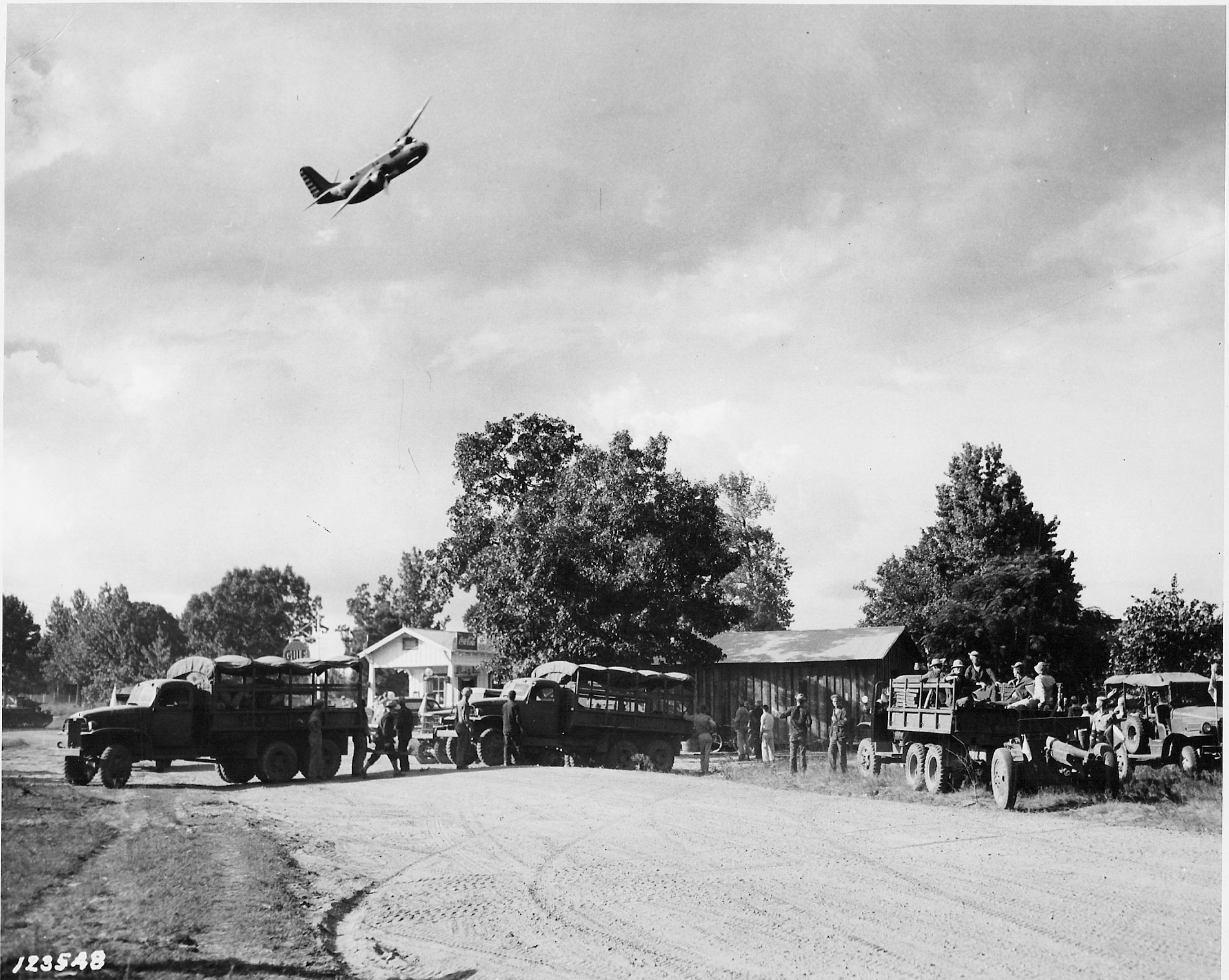
Red Army planes flour bombing Blue Army troops at Addison's Store during the Battle of Mount Carmel 1941. (Robertson Collection)
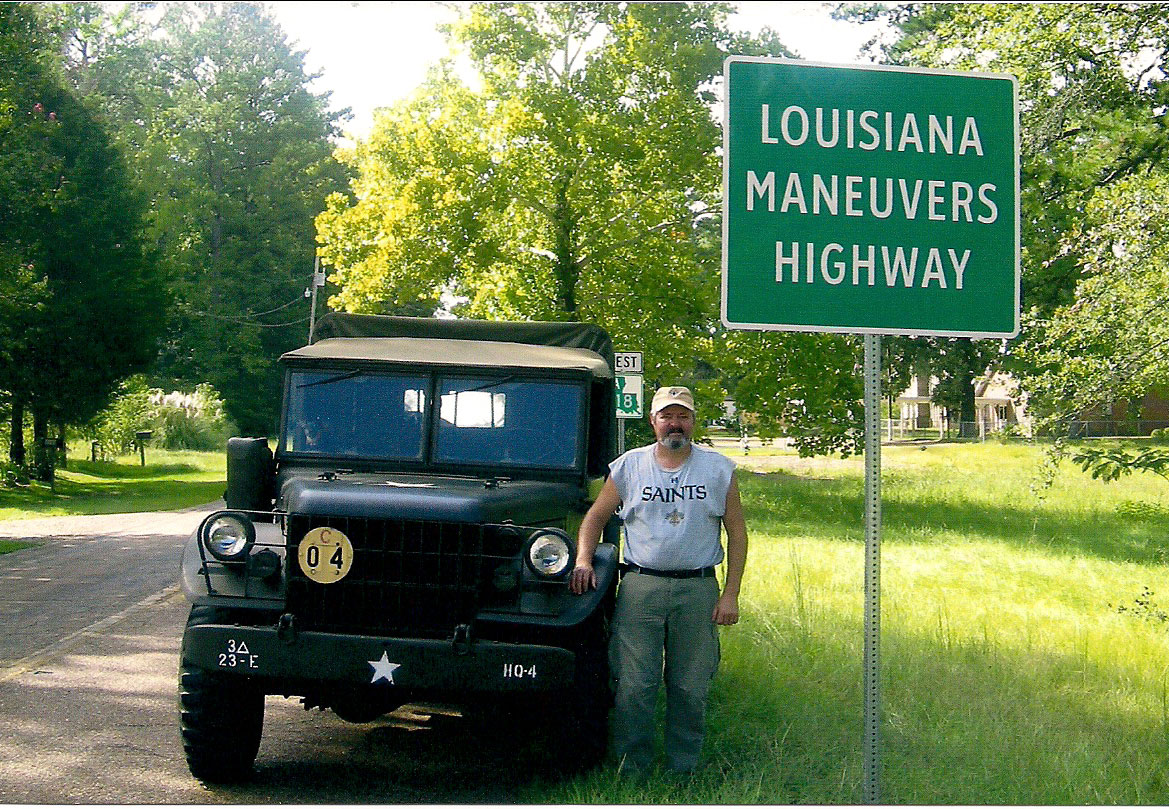
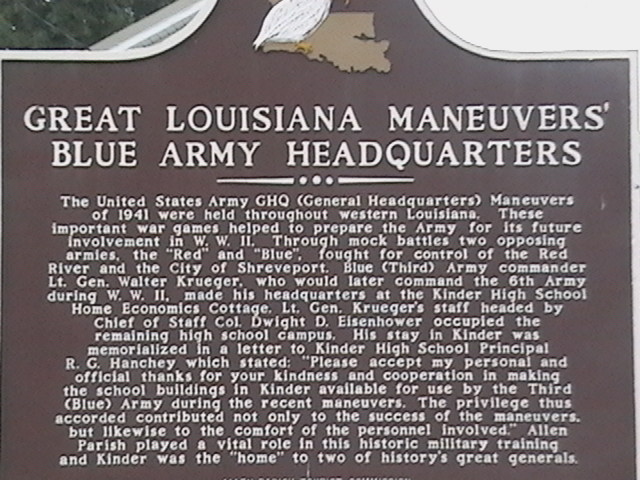
Louisiana Maneuvers Historical Marker in Kinder, Louisiana remembering and honoring the Louisiana Maneuvers. (Robertson Collection)
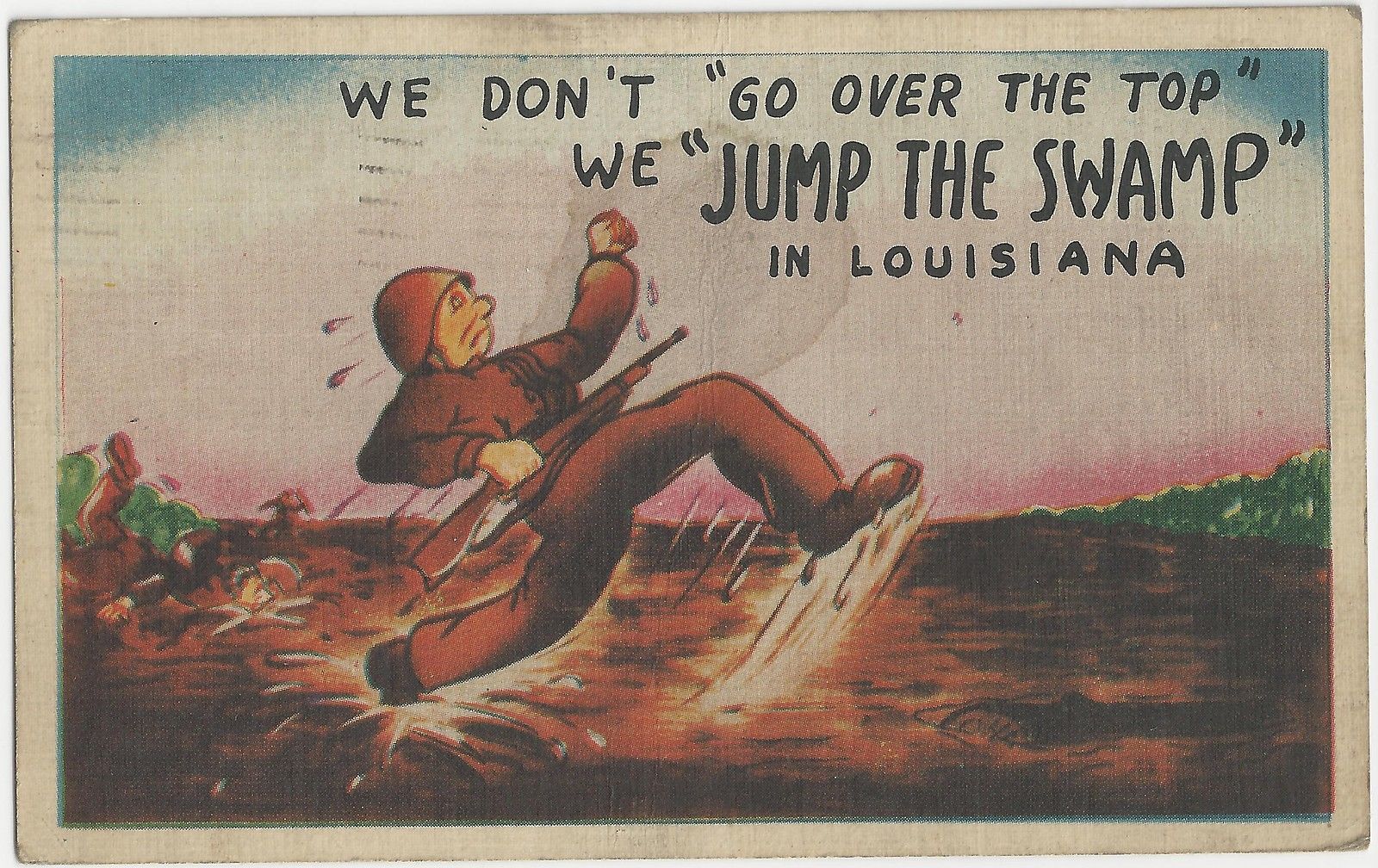
Postcard from the 1941 Louisiana Maneuvers (Robertson Collection)
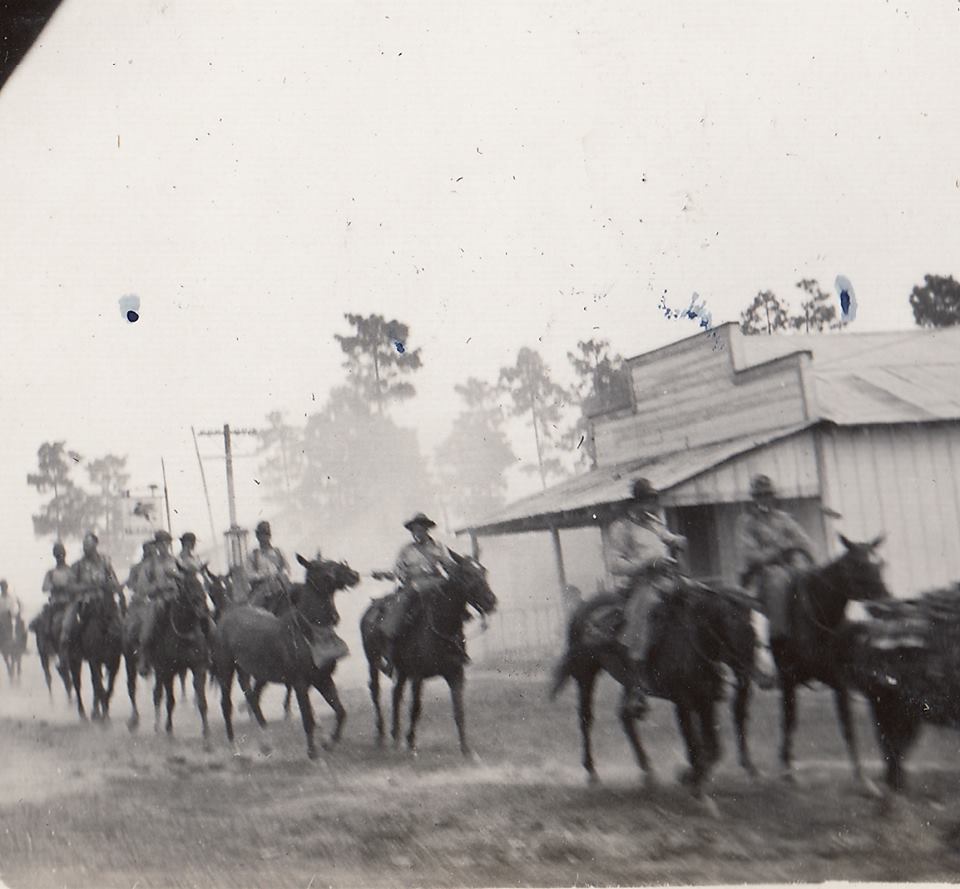
1st Cavalry Division entering Louisiana leading remounts with them. (Robertson Collection)
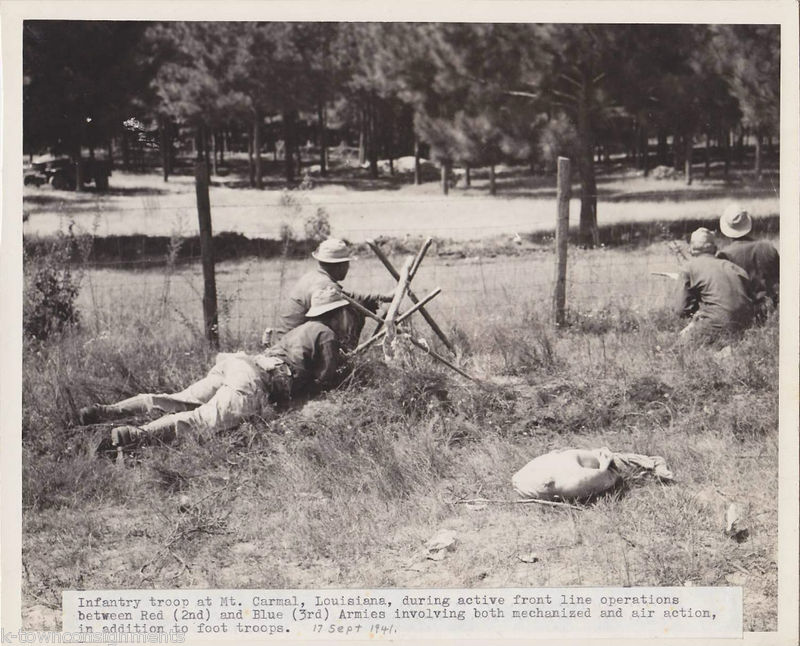
Machine gun crew set up near a fence during the Battle of Mount Carmel in 1941. (Robertson Collection)
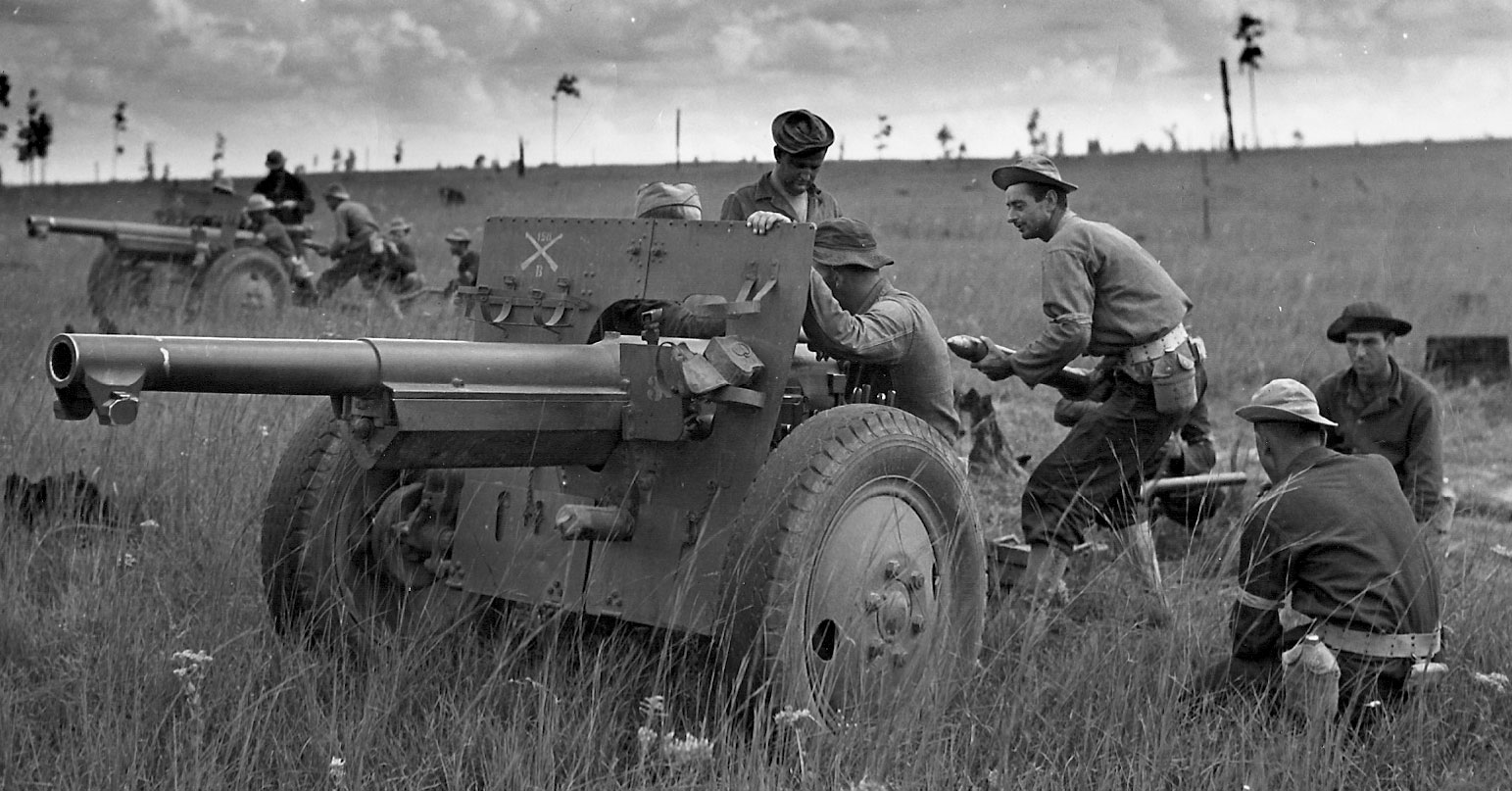
Artillery crew preparing to fire while operating on Peason Ridge during the 1941 Louisiana Maneuvers. Note the cutover lands where this position is located. (Robertson Collection)
.jpg)
Mail call in the field during the 1941 Louisiana Maneuvers. Postal clerks are sorting the mail to be delivered to the troops in the field. (Robertson Collection)